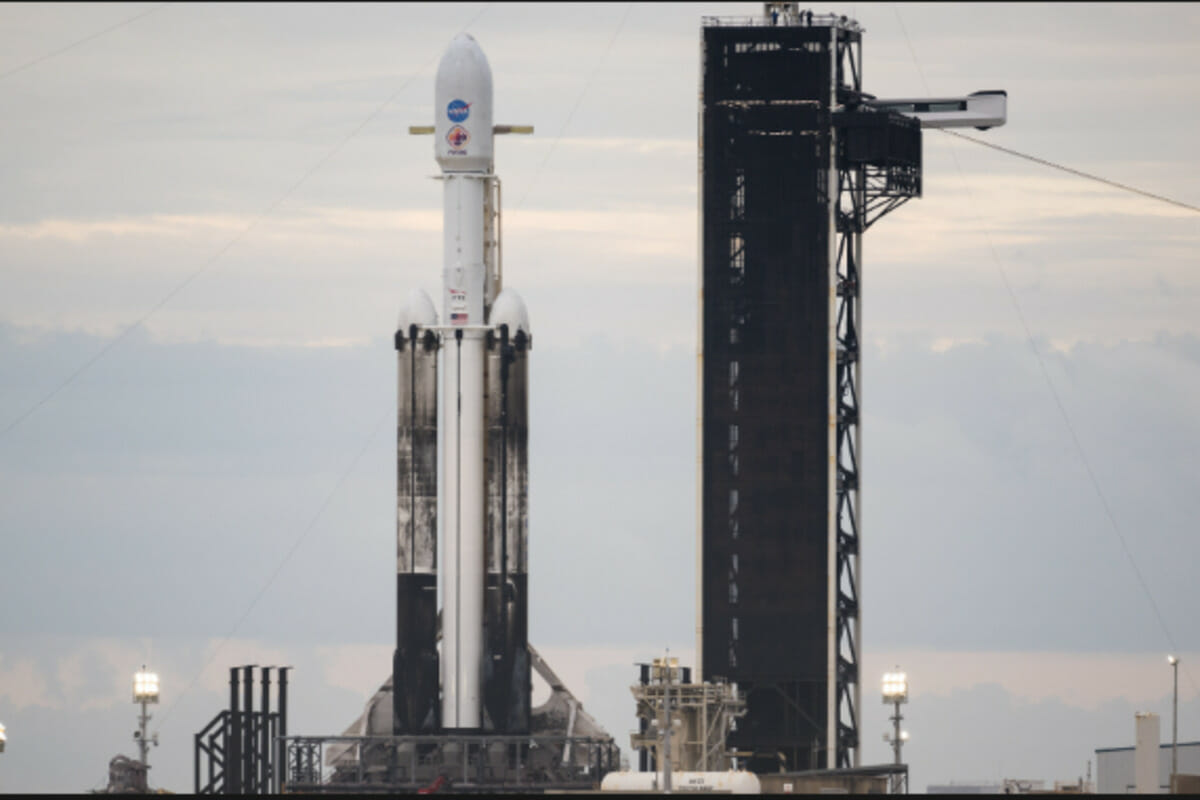The car-size Perseverance rover launched atop a United Launch Alliance Atlas V rocket from Florida’s Cape Canaveral Air Force Station today at 7:50 a.m.
After touching down inside the 28-mile-wide (45 kilometers) Jezero Crater in February 2021, Perseverance will do things no Mars rover has ever done — hunt for signs of life it will also collect samples for future return to Earth and deploy a miniature helicopter.

“These are very, very exciting times,” NASA Administrator Jim Bridenstine said during a news conference on Monday (July 27).
Perseverance is a “very important mission for the United States of America, and, of course, a very, very important mission for the world.”
Matt Wallace, the mission’s deputy project manager at NASA’s Jet Propulsion Laboratory in Pasadena, California, said the rover has already lived up to its name, as engineers persevered through the pandemic to ready the spacecraft for its much-anticipated launch.

“Nothing prepared us for what we had to deal with in the middle of March as the pandemic struck — not just our team, but communities across the country and the world,” Wallace said. “At that point in the mission, we were in our final assembly activities.
This launch marked NASA’s ninth journey to the Mars surface.
Perseverance is due to land at the base of an 820-foot-deep (250 meters) crater called Jezero. Even a former lake from 3.5 billion years ago that scientists suspect could bear evidence of potential past microbial life on Mars.
Meanwhile scientists have long debated whether Mars – once a much more hospitable place than it is today – ever harbored life. Water is considered a key ingredient for life and Mars had lots of it.












